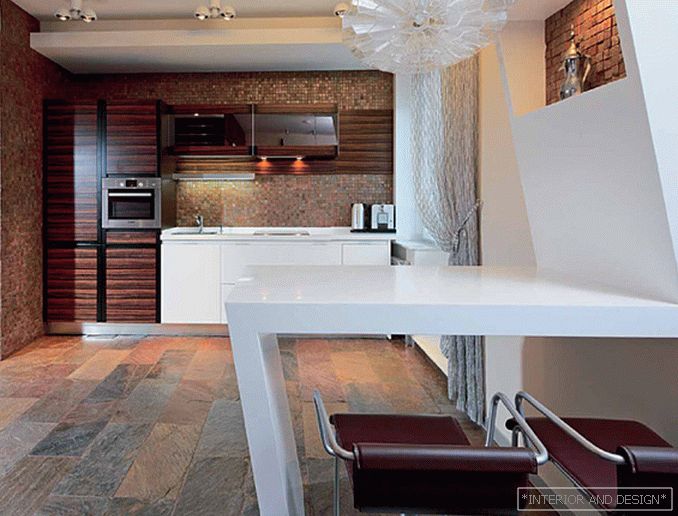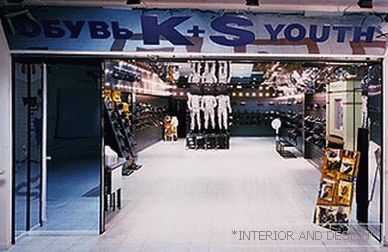Checkered plaid, checkered scarf, checkered trench - for everyone, including designers, obviously: autumn has come

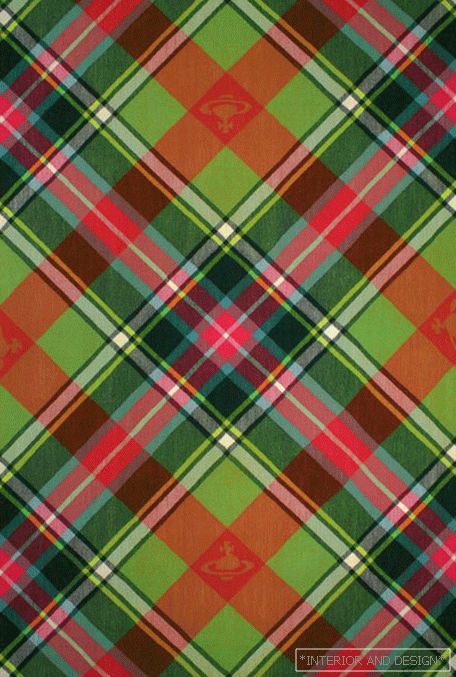
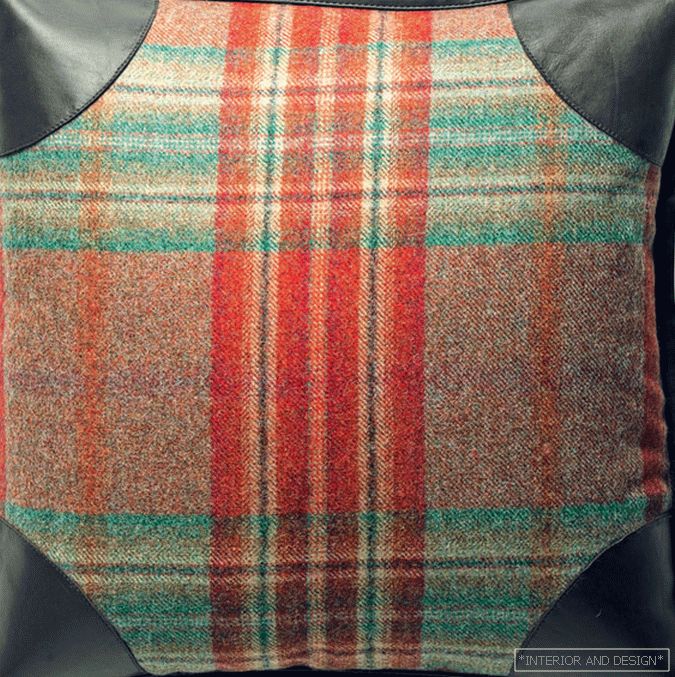
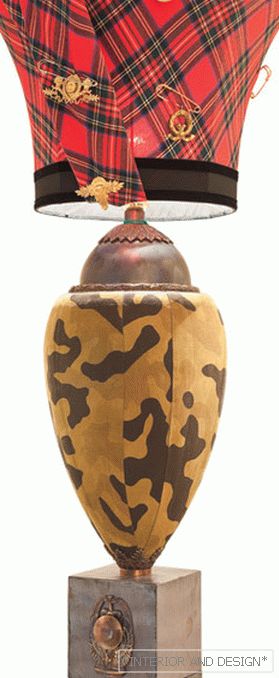
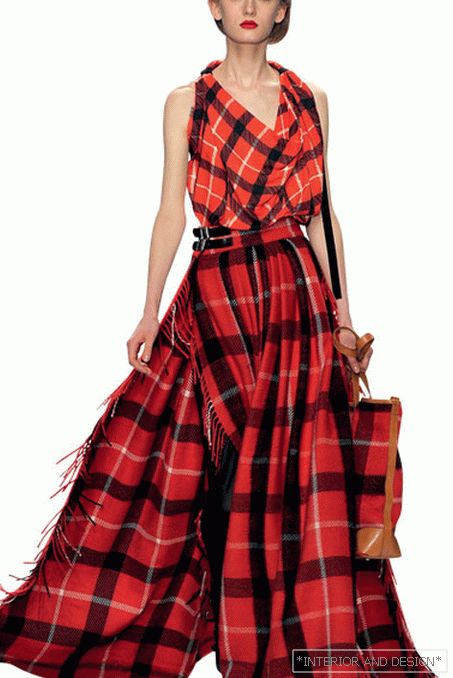
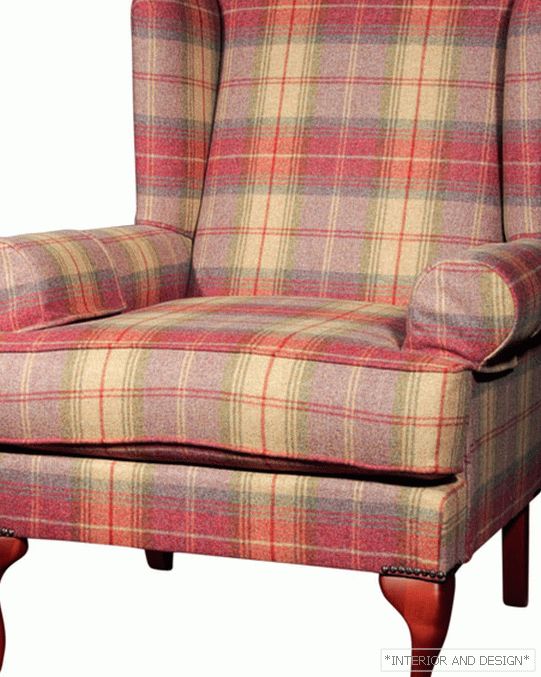
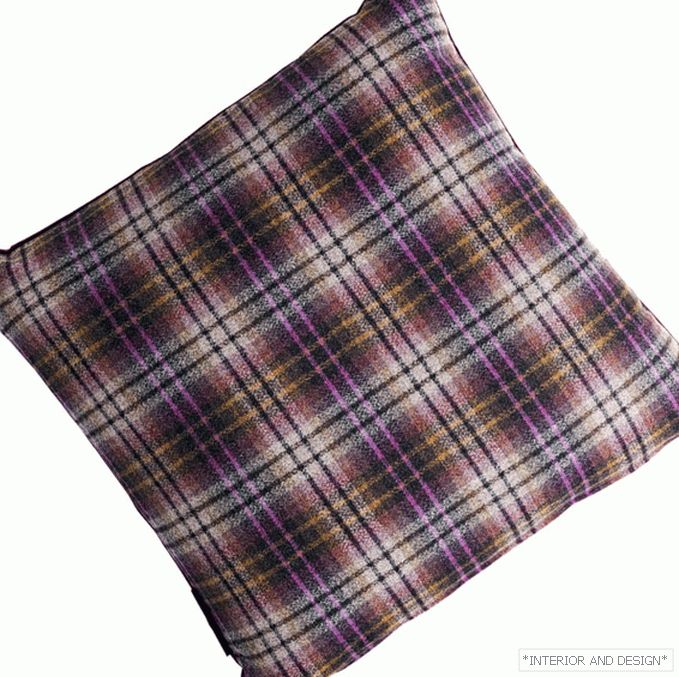
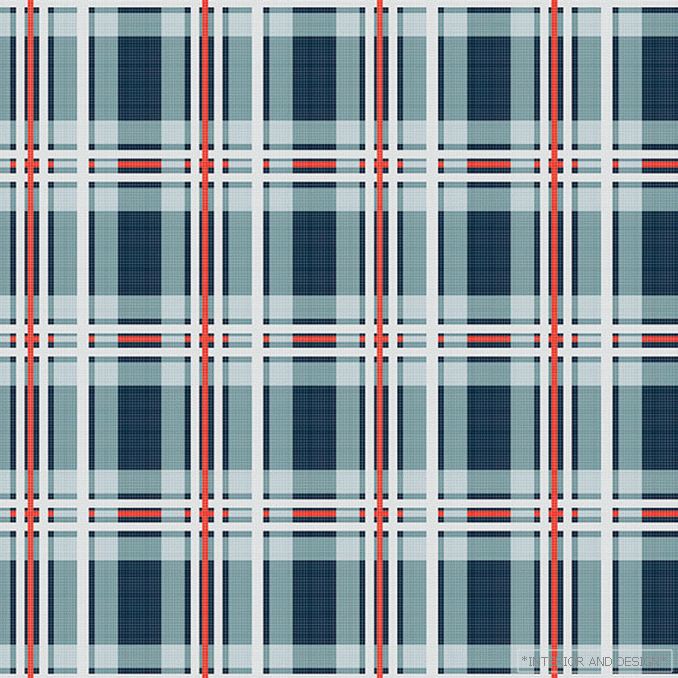
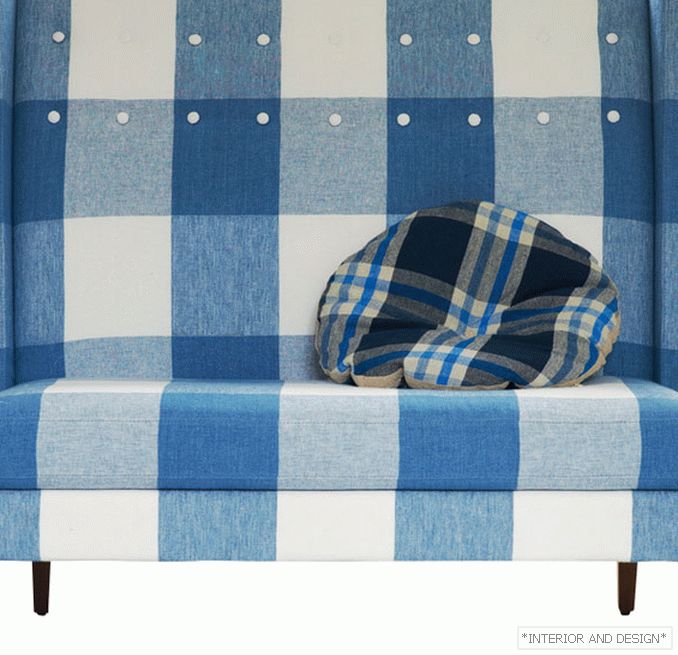


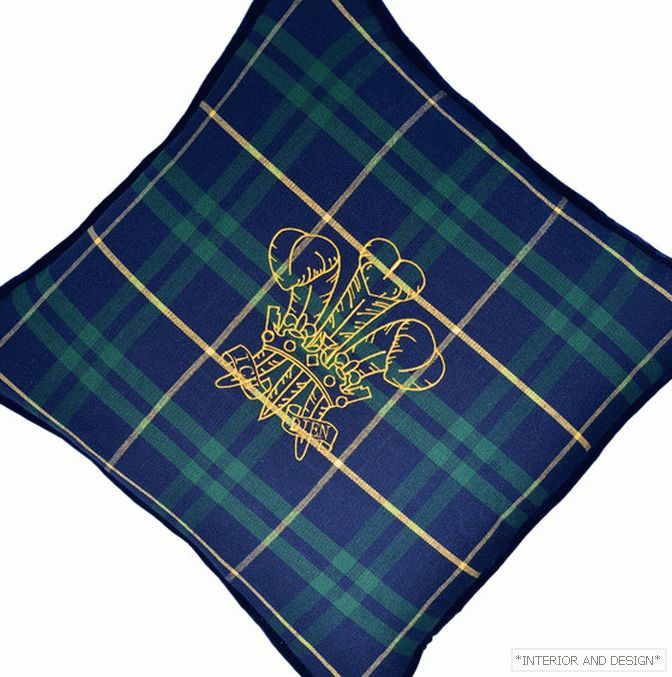
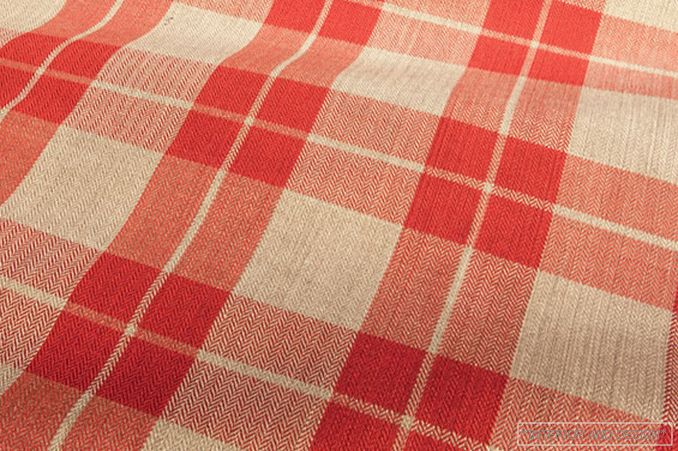 Passing the gallery
Passing the gallery Magazine: N11 (188) 2013
In the fall - their signs: slushy, harvest, consider chickens. And at home I want heat and comfort more than ever. Here you can learn from the British: they have long figured out how to deal with the dreary mood created by the annoying drizzle. One of the antidotes is plaid things: both on themselves and in the interior. They are so cozy, cute, domesticated. It immediately seems to them that there, outside the window, it is bad and unfriendly, but here, in the rooms, you can hide, warm up and start enjoying life again. That's really really home sweet home.
The British invented most types of cells: tartan, glenchek (with all their subclasses). The French added Vichy, the Spaniards added pepita. The leadership of the islanders is understandable: they like the orderliness, strict solidity of this figure. You could say the cell is very gentlemanly. It is no coincidence that the most respectable men's suit is in a “Windsor” cage (as a rule, it is gray and small). It is named in honor of King Edward VIII, who wore costumes made of fabrics with such a pattern. Apparently, all the descendants of Queen Victoria, who adored checkered textiles so much that they even had their walls upholstered in her, craving for this blood print.
Checkered prints are often used in their collections by Vivienne Westwood. True, it turns out she has more and more something hooligan. So, our favorite, all recognizable cell Burberry - a kind of Madras cell, named after the Indian city of Madras. Its main difference from others is that it is asymmetric.

